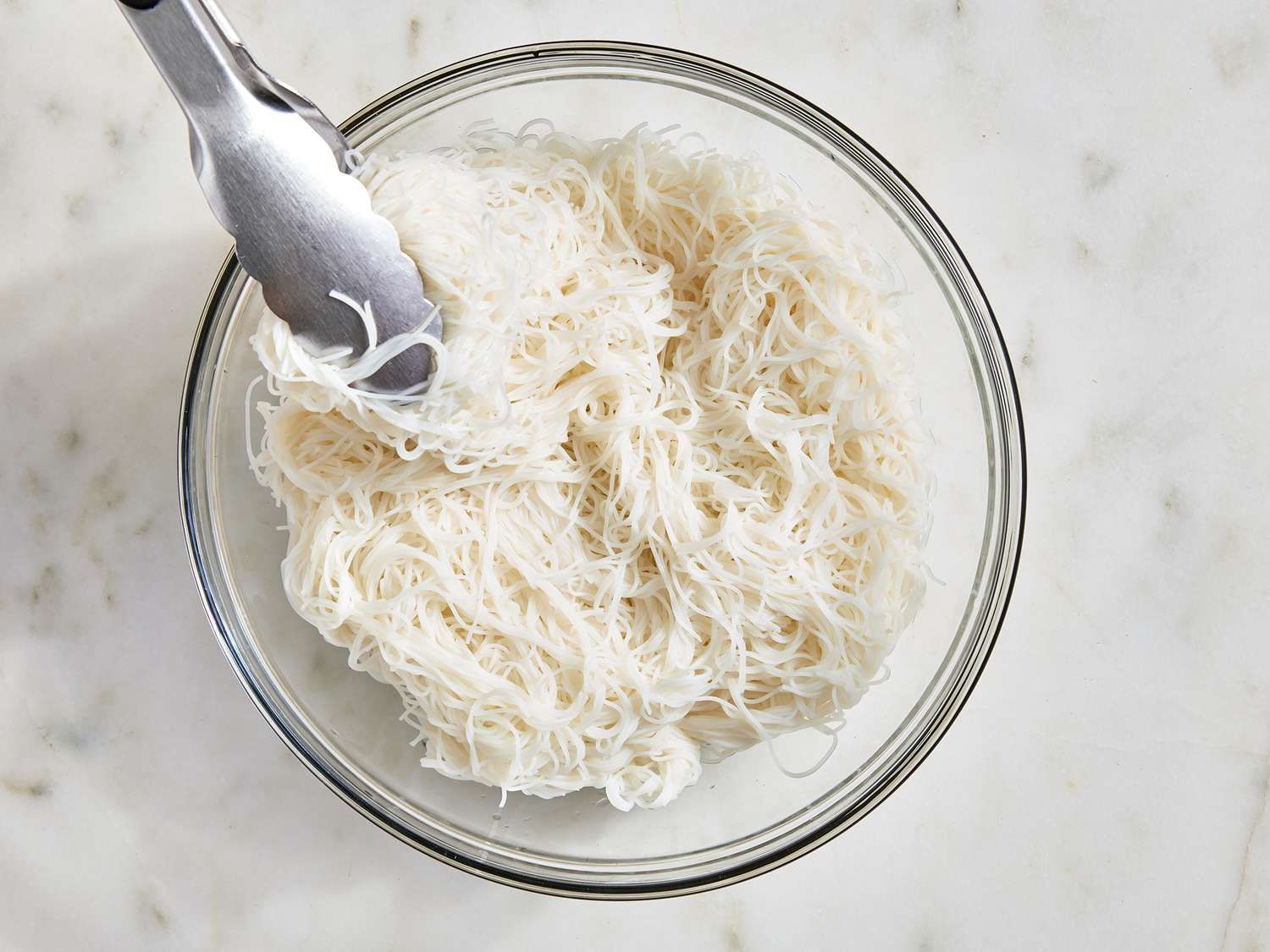

Articles
How To Store Cooked Vermicelli Noodles
Modified: May 6, 2024
Looking for tips to store cooked vermicelli noodles? Check out our informative articles for expert advice on proper storage methods and keeping your noodles fresh.
(Many of the links in this article redirect to a specific reviewed product. Your purchase of these products through affiliate links helps to generate commission for Storables.com, at no extra cost. Learn more)
Introduction
Have you ever cooked a large batch of vermicelli noodles and found yourself with leftovers? If so, you may be wondering how to store cooked vermicelli noodles to maintain their taste and texture. The good news is that with the right techniques, you can easily keep your cooked noodles fresh and delicious for future use.
Whether you are meal prepping or simply want to save some time on busy days, properly storing cooked vermicelli noodles is crucial. By following a few simple steps, you can ensure that your noodles remain moist, flavorful, and ready to be enjoyed later.
In this article, we will guide you through the process of storing cooked vermicelli noodles. From cooling to container selection, refrigeration, and reheating, we have got you covered. Let’s get started!
Key Takeaways:
- Properly storing cooked vermicelli noodles involves allowing them to cool, using airtight containers, refrigerating them, and reheating them carefully. This ensures freshness and deliciousness for up to 4 days.
- Reheat vermicelli noodles using stovetop, microwave, or boiling water methods, ensuring thorough reheating and avoiding multiple reheats. Enjoy a warm and satisfying meal while maintaining the noodles’ texture and quality.
Read more: How To Store Leftover Noodles
Step 1: Allow noodles to cool
After cooking your vermicelli noodles, it is essential to let them cool down before storing them. This allows the excess moisture to evaporate and prevents the noodles from becoming soggy when stored.
To cool the noodles, simply drain them in a colander and rinse them with cold water. Gently toss the noodles with your hands to ensure that they are evenly cooled. Once the noodles have been rinsed, let them sit in the colander for a few minutes to drain off any remaining water.
It is important not to skip this step and store hot or warm noodles directly. The heat trapped in the container can create condensation, which leads to moisture buildup and can result in clumpy, sticky noodles.
So, be patient and allow your vermicelli noodles to cool completely before moving on to the next step.
Step 2: Place noodles in an airtight container
Once your vermicelli noodles have cooled down, it’s time to transfer them to an airtight container. The container you choose plays a vital role in preserving the freshness and preventing any unwanted moisture from entering.
An airtight container helps create a sealed environment, keeping the noodles from exposure to air and reducing the risk of them drying out or absorbing odors from other foods in the refrigerator.
When selecting a container, opt for one that is specifically designed for food storage. Glass or BPA-free plastic containers with a tight-fitting lid work well for storing vermicelli noodles. Make sure the container is clean and dry before placing the noodles inside.
If you don’t have an airtight container, you can also use a resealable plastic bag. Just make sure to squeeze out as much air as possible before sealing the bag.
When transferring the noodles to the container, be gentle to avoid breaking or damaging them. Use a fork or tongs to carefully place the noodles inside the container, ensuring they are evenly distributed and not piled on top of each other.
Remember, the key is to create a tight seal to prevent air and moisture from entering, which could lead to the noodles becoming dry or stale.
After cooking vermicelli noodles, rinse them with cold water to stop the cooking process and prevent them from sticking together. Toss them with a bit of oil to further prevent sticking, then store in an airtight container in the refrigerator for up to 3 days.
Step 3: Store noodles in the refrigerator
With your vermicelli noodles safely transferred to an airtight container, it’s time to store them in the refrigerator. This step is crucial for maintaining the freshness and quality of the noodles.
The refrigerator provides a cool and controlled environment that helps slow down the growth of bacteria and prevent the noodles from spoiling too quickly.
Find a spot in your refrigerator where the temperature is consistently cold, ideally below 40°F (4°C). This temperature range ensures that the noodles stay fresh without freezing them.
Place the container of vermicelli noodles in the refrigerator and make sure it is not near any strong-smelling foods that could potentially transfer odors.
Keep in mind that cooked vermicelli noodles can typically be stored in the refrigerator for up to 4 days. However, it’s always a good idea to check for any signs of spoilage before consuming them, such as an off smell or strange texture.
Additionally, avoid opening the container frequently, as this can introduce moisture and affect the quality of the noodles. If you only need a portion of the stored noodles, consider removing the amount you require and resealing the container promptly.
By storing your vermicelli noodles in the refrigerator, you can ensure they remain fresh and ready to be enjoyed whenever you desire a quick and delicious meal.
Step 4: Reheat noodles properly (optional)
If you prefer to enjoy your vermicelli noodles warm or hot, reheating them properly is essential. Reheating can help restore the texture and enhance the flavors of the noodles.
When reheating vermicelli noodles, there are a few methods you can choose from:
- Stovetop: Heat a non-stick skillet or a wok over medium-low heat. Add a small amount of oil or cooking spray to prevent sticking. Place the noodles in the skillet or wok and stir-fry for a few minutes until heated thoroughly. Keep stirring to ensure even reheating and prevent the noodles from clumping together.
- Microwave: If you’re looking for a quick and convenient option, reheating vermicelli noodles in the microwave is a viable choice. Transfer a portion of the noodles to a microwave-safe bowl and cover it with a microwave-safe lid or microwave-safe plastic wrap. Heat on high for 1-2 minutes, stopping to stir halfway through, until the noodles are heated evenly.
- Boiling water: Another method to consider is reheating the noodles by briefly dipping them in boiling water. Bring a pot of water to a boil and immerse the noodles for 30-60 seconds. Be careful not to overcook the noodles, as they can become mushy. Drain the noodles and give them a quick rinse with cold water before serving.
Whichever method you choose, ensure that the noodles are thoroughly reheated before consuming. Always check the temperature to avoid burning your mouth.
Remember that reheating noodles multiple times can affect their texture and quality. It’s best to only reheat the amount you plan to consume at a time.
By reheating your vermicelli noodles properly, you can enjoy a warm and satisfying meal anytime you desire.
Read more: How To Store Chicken Noodle Soup
Conclusion
Storing cooked vermicelli noodles allows you to save time and enjoy them later without compromising on flavor and texture. By following the steps outlined in this article, you can keep your noodles fresh and delicious for your next meal.
Remember to allow the noodles to cool completely before transferring them to an airtight container. This will prevent moisture buildup and maintain their desired consistency. Store the noodles in the refrigerator at a consistent temperature to ensure their freshness.
If you prefer to enjoy your noodles warm, reheating them properly can help restore their taste and texture. Whether you choose to stir-fry, microwave, or dip them in boiling water, reheating them with care will ensure a delightful culinary experience.
It’s important to note that cooked vermicelli noodles typically have a shelf life of up to 4 days when stored properly in the refrigerator. Always use your best judgment when assessing the freshness of the noodles before consumption.
So, the next time you have leftover vermicelli noodles, you can confidently store and enjoy them later by following these simple steps. With proper storage and reheating techniques, your cooked vermicelli noodles will continue to be a delicious and convenient meal option.
Now, go ahead and store those leftover vermicelli noodles with confidence, knowing that you can enjoy them anytime you want!
Now that you've mastered keeping your vermicelli noodles fresh, why not tackle another area of your home? If organizing your cleaning closet seems overwhelming, our next article is just what you need. Packed with clever storage tips, it will help you transform that chaotic space into a model of efficiency. Don't let clutter control your space anymore!
Frequently Asked Questions about How To Store Cooked Vermicelli Noodles
Was this page helpful?
At Storables.com, we guarantee accurate and reliable information. Our content, validated by Expert Board Contributors, is crafted following stringent Editorial Policies. We're committed to providing you with well-researched, expert-backed insights for all your informational needs.
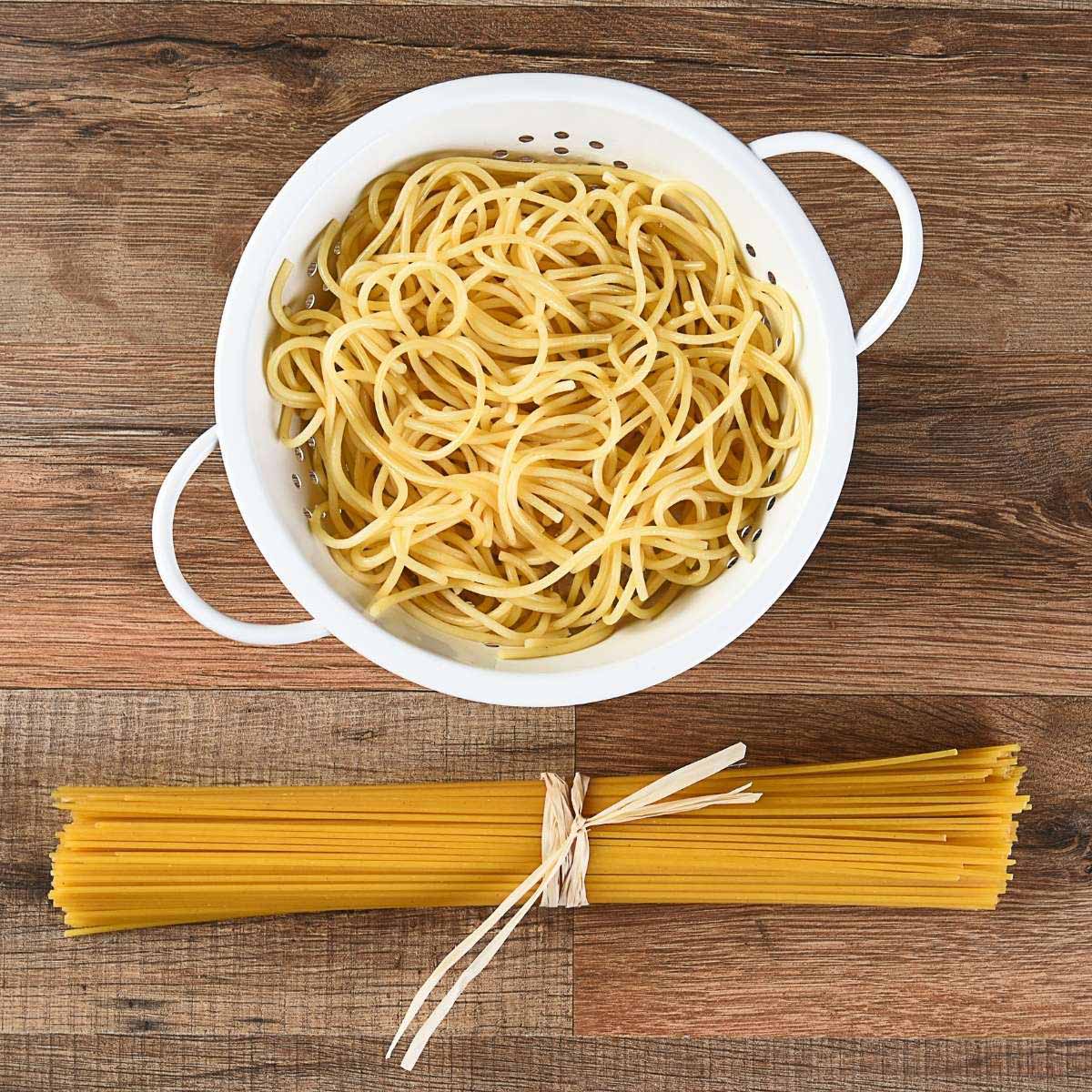
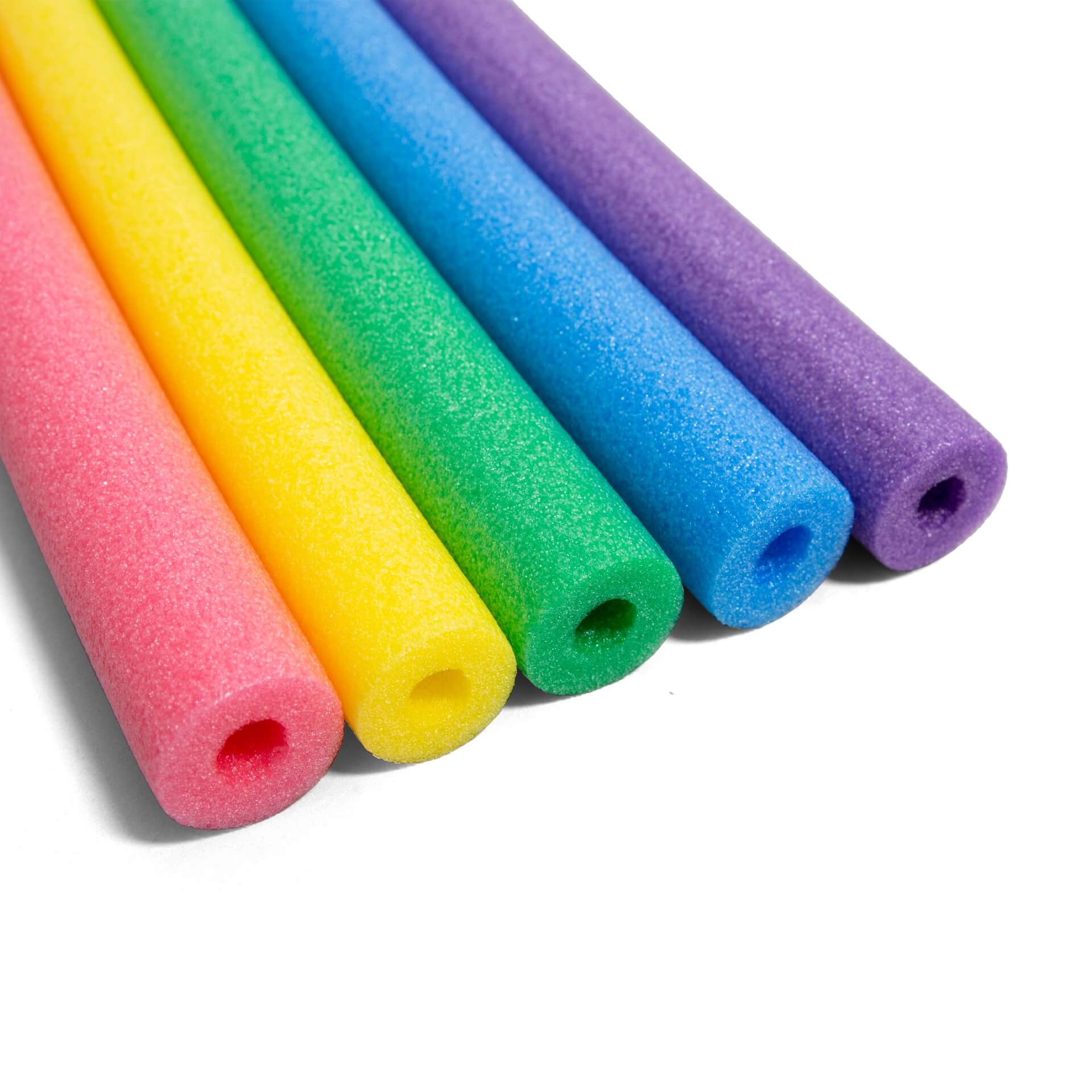
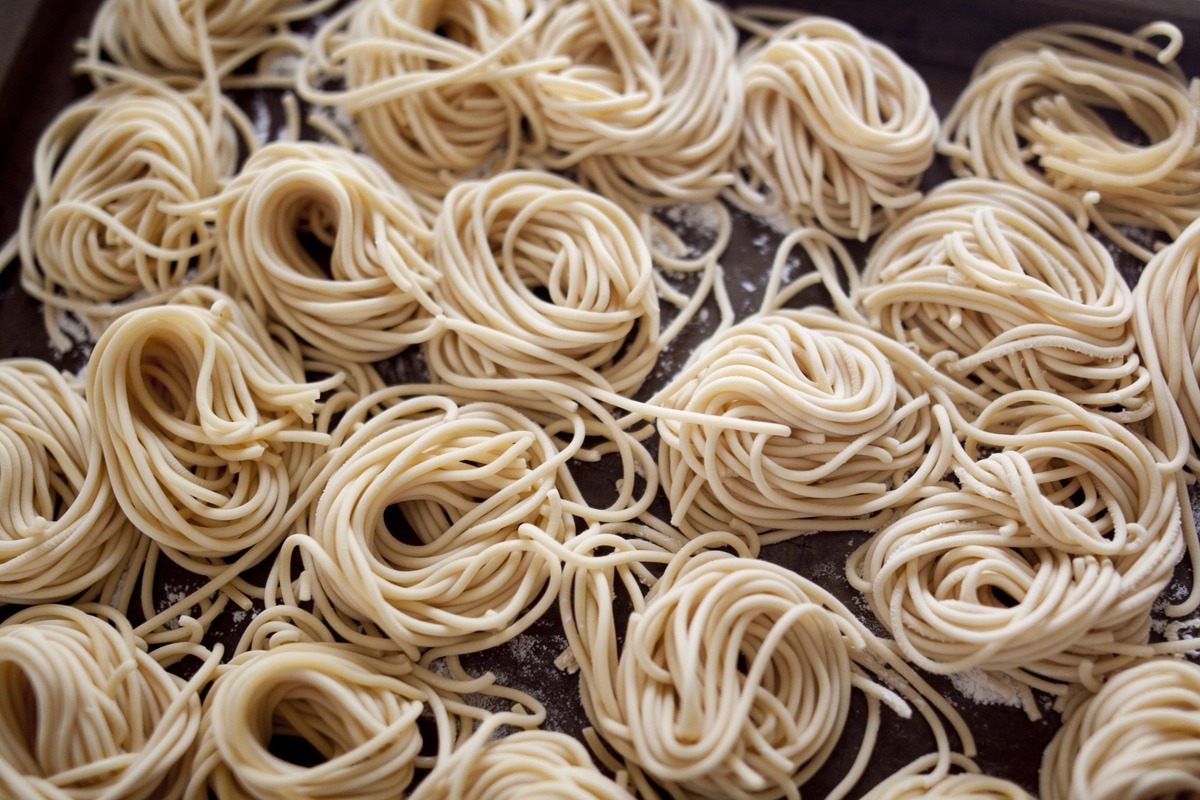
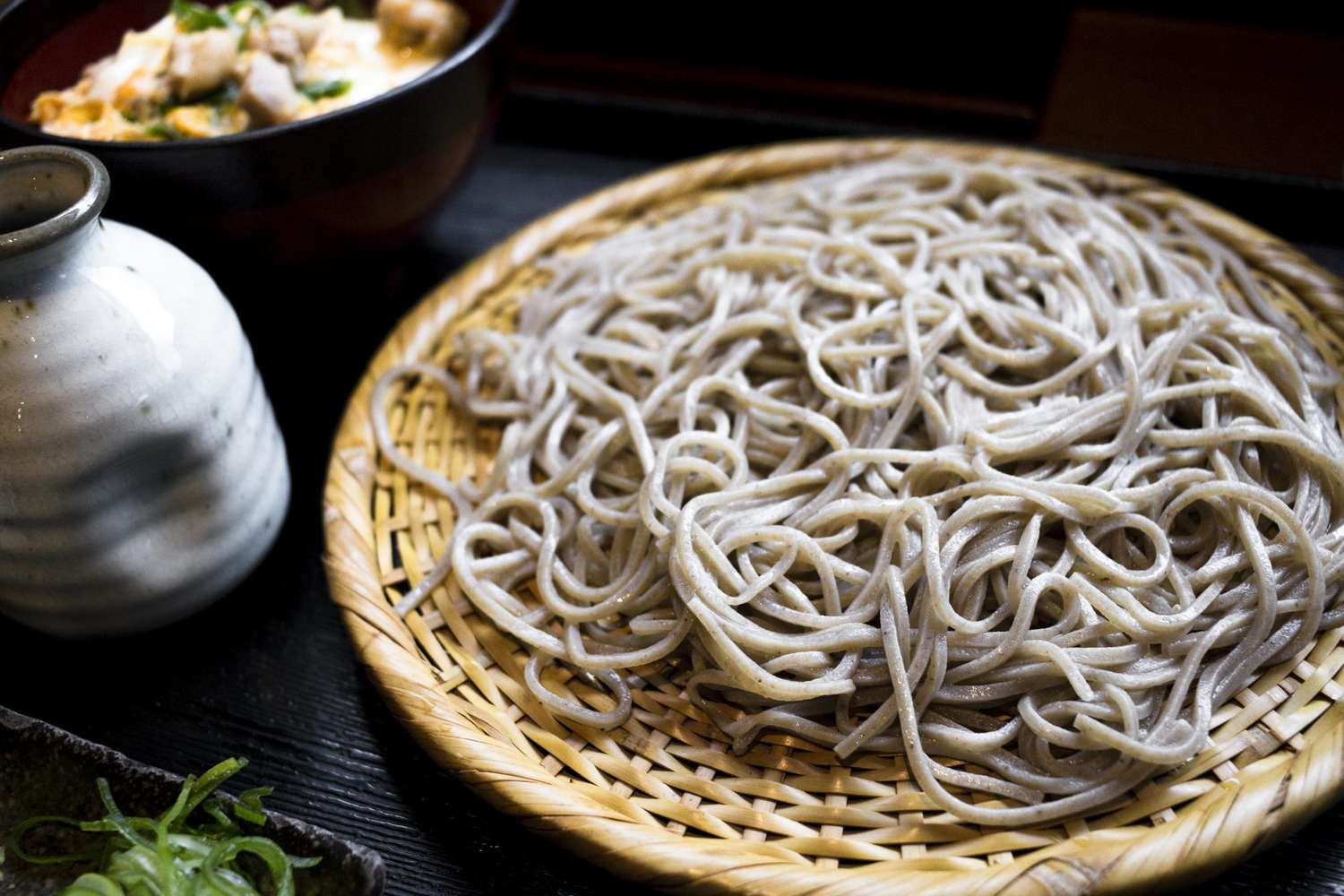
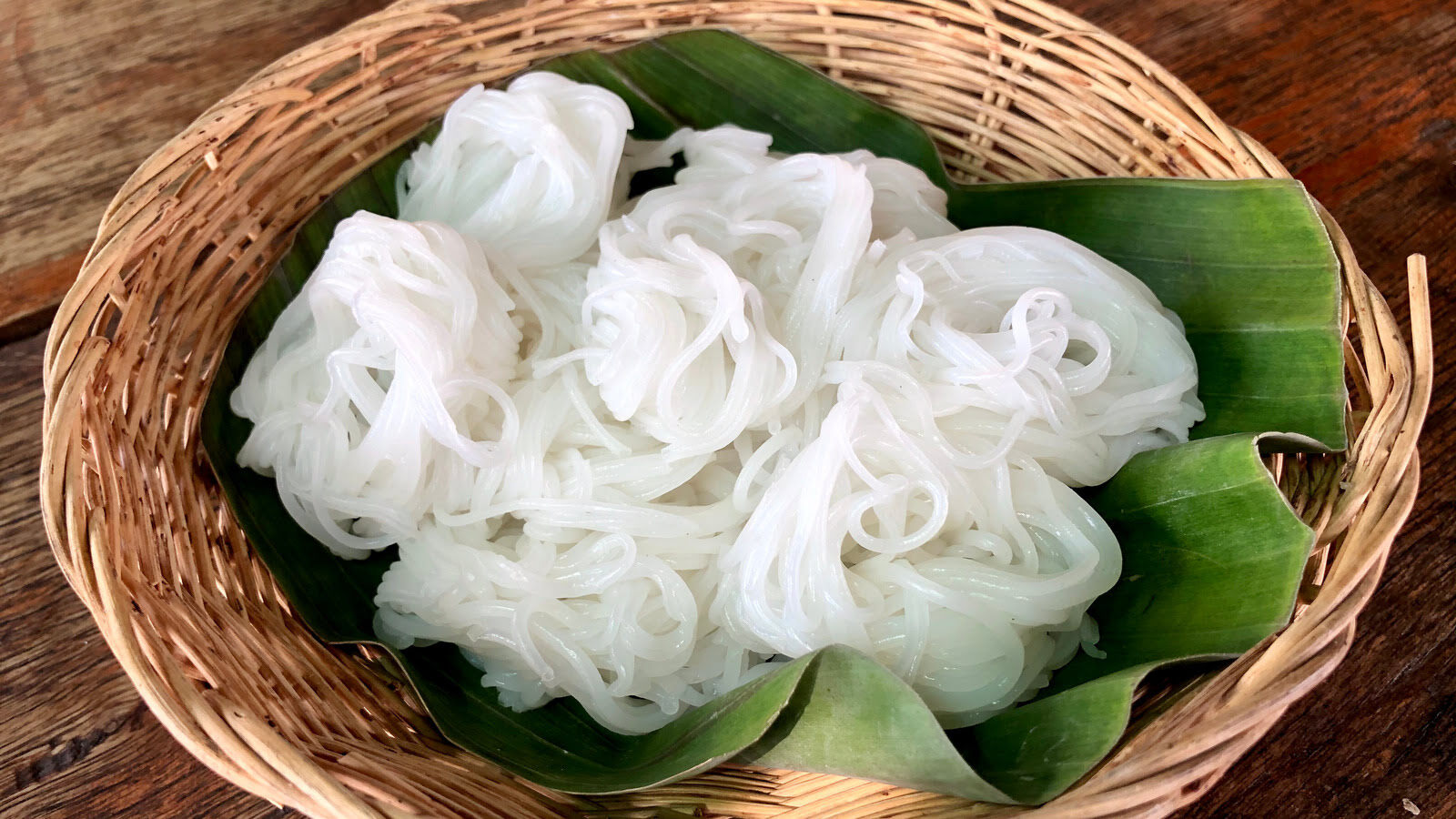
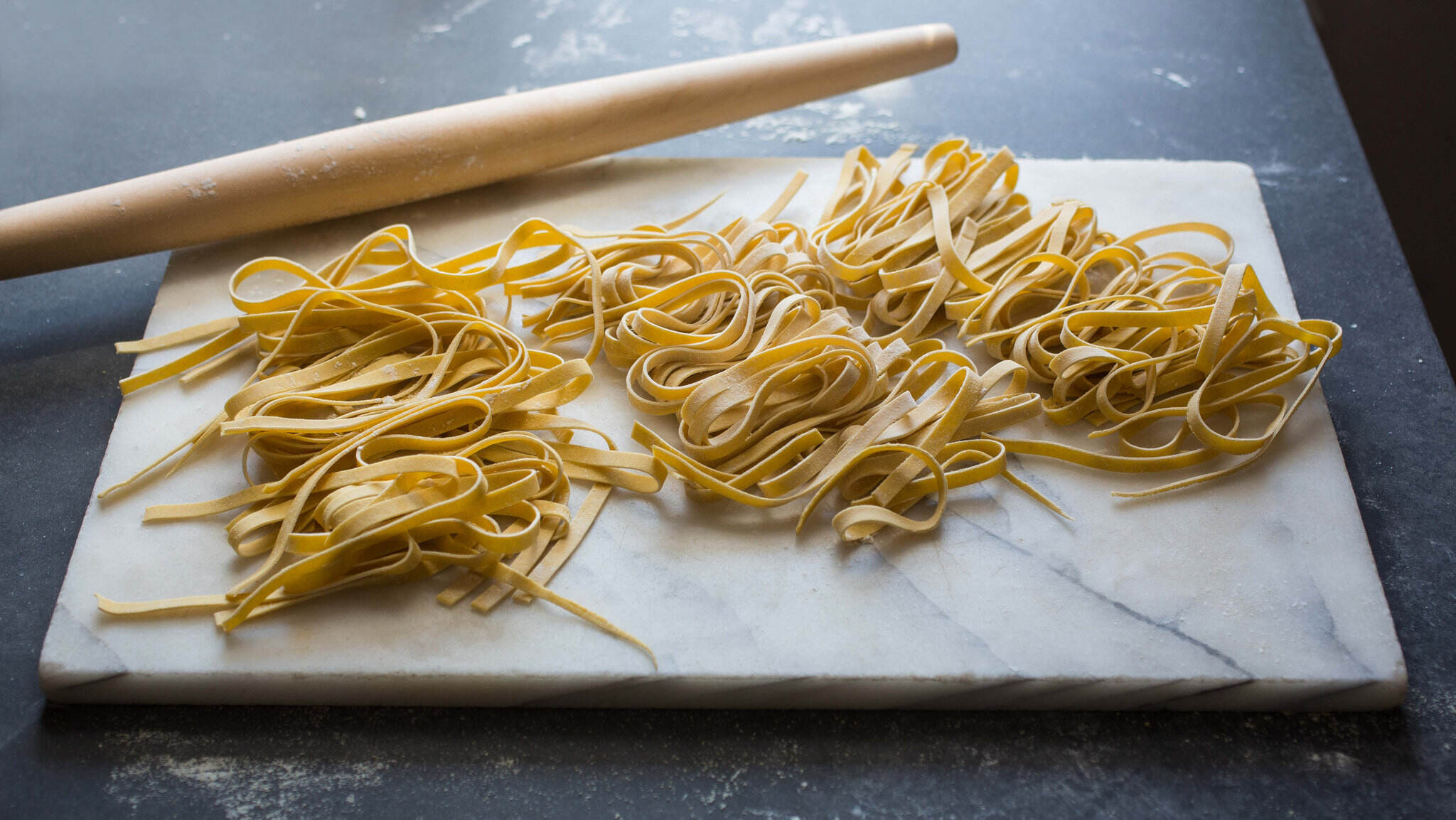
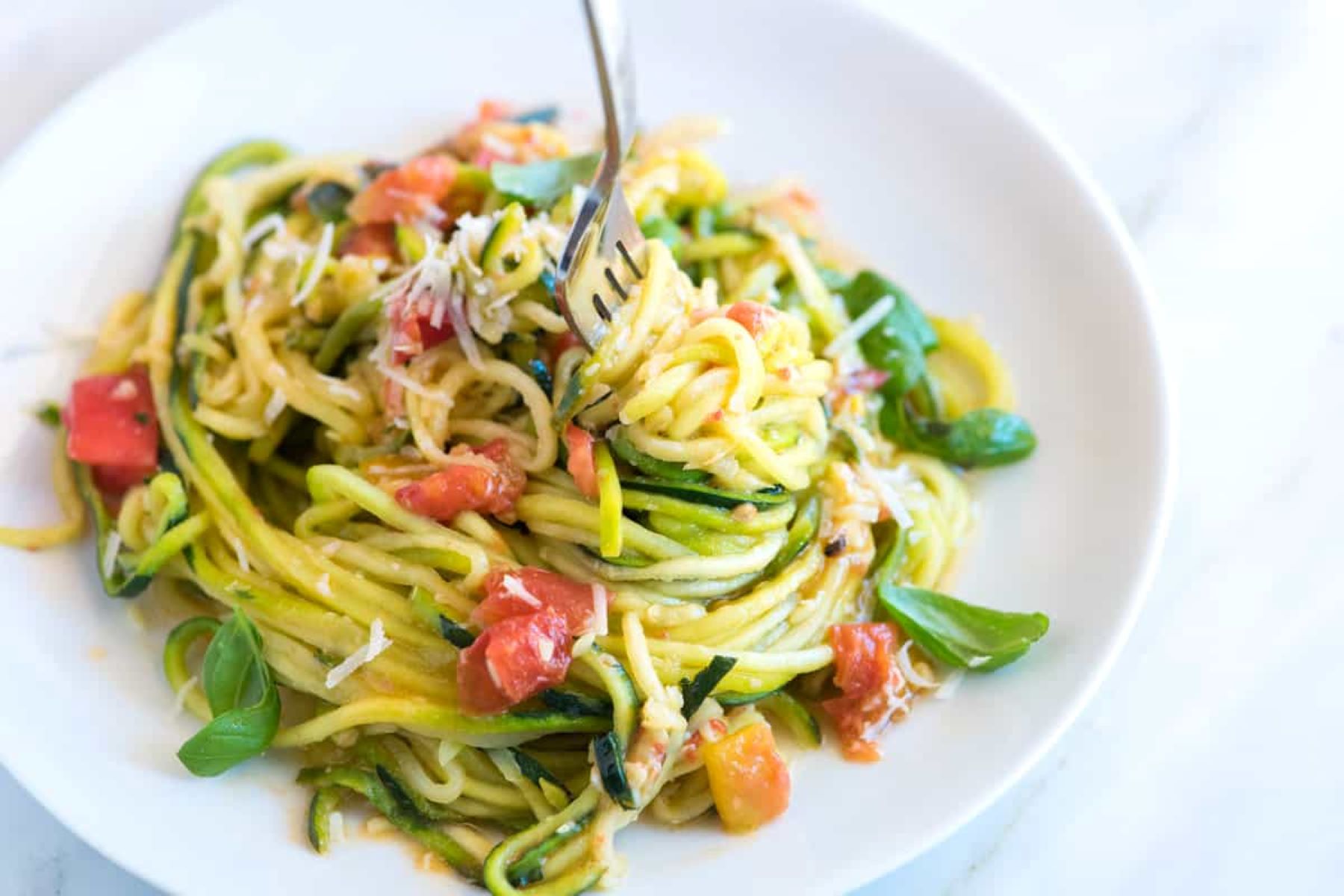
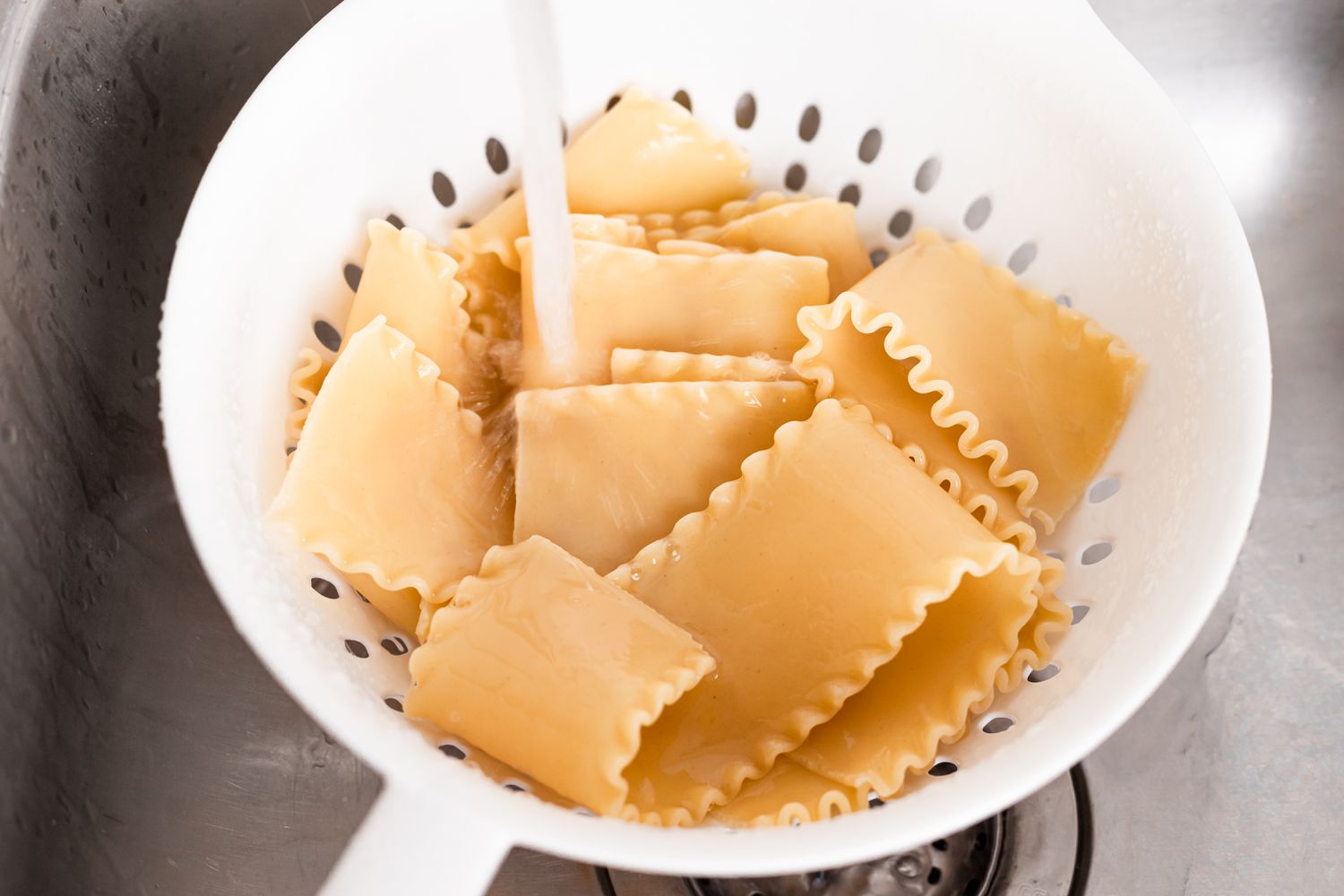
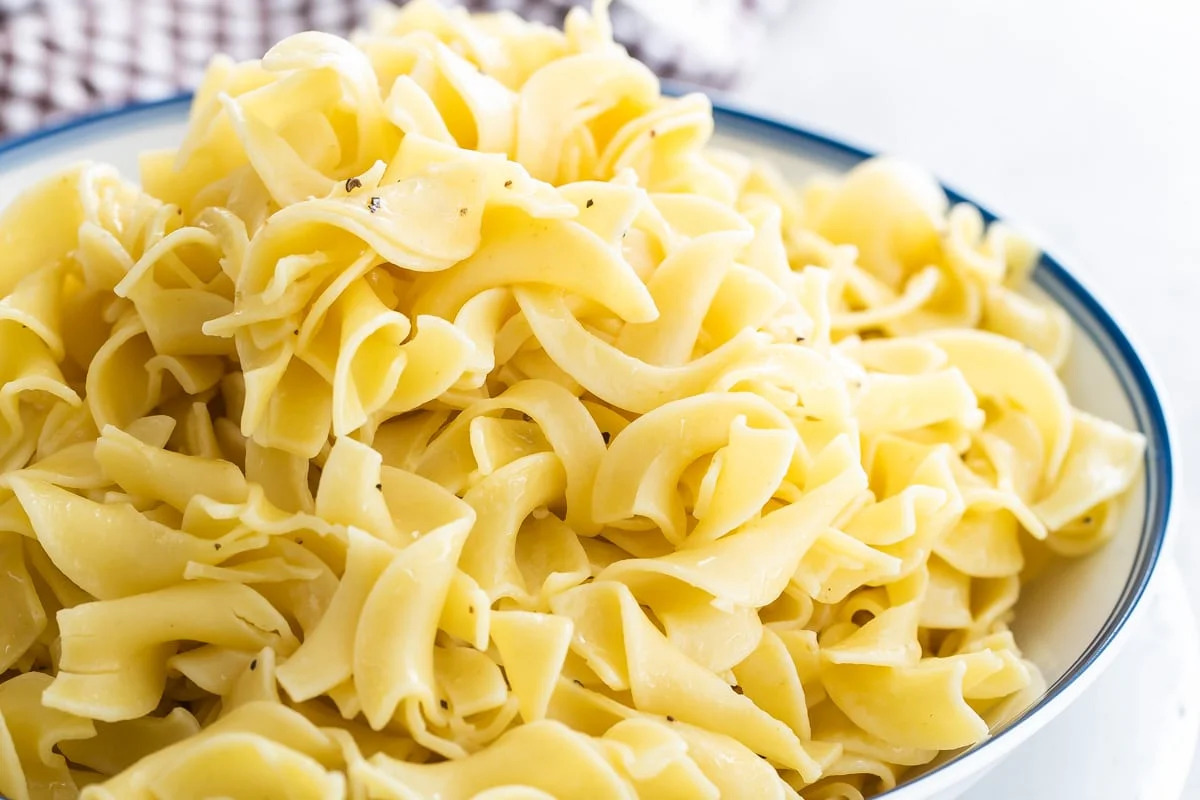
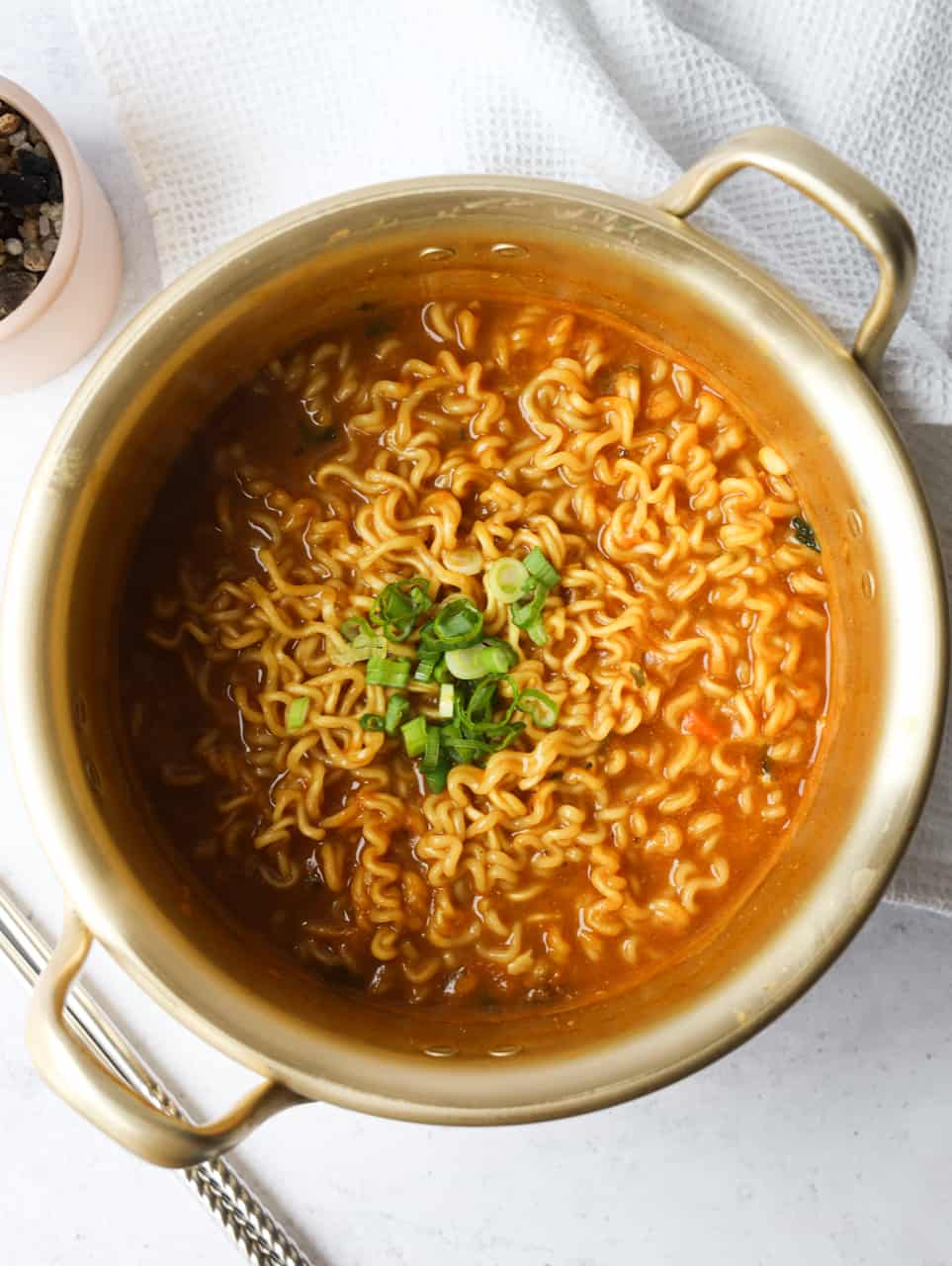
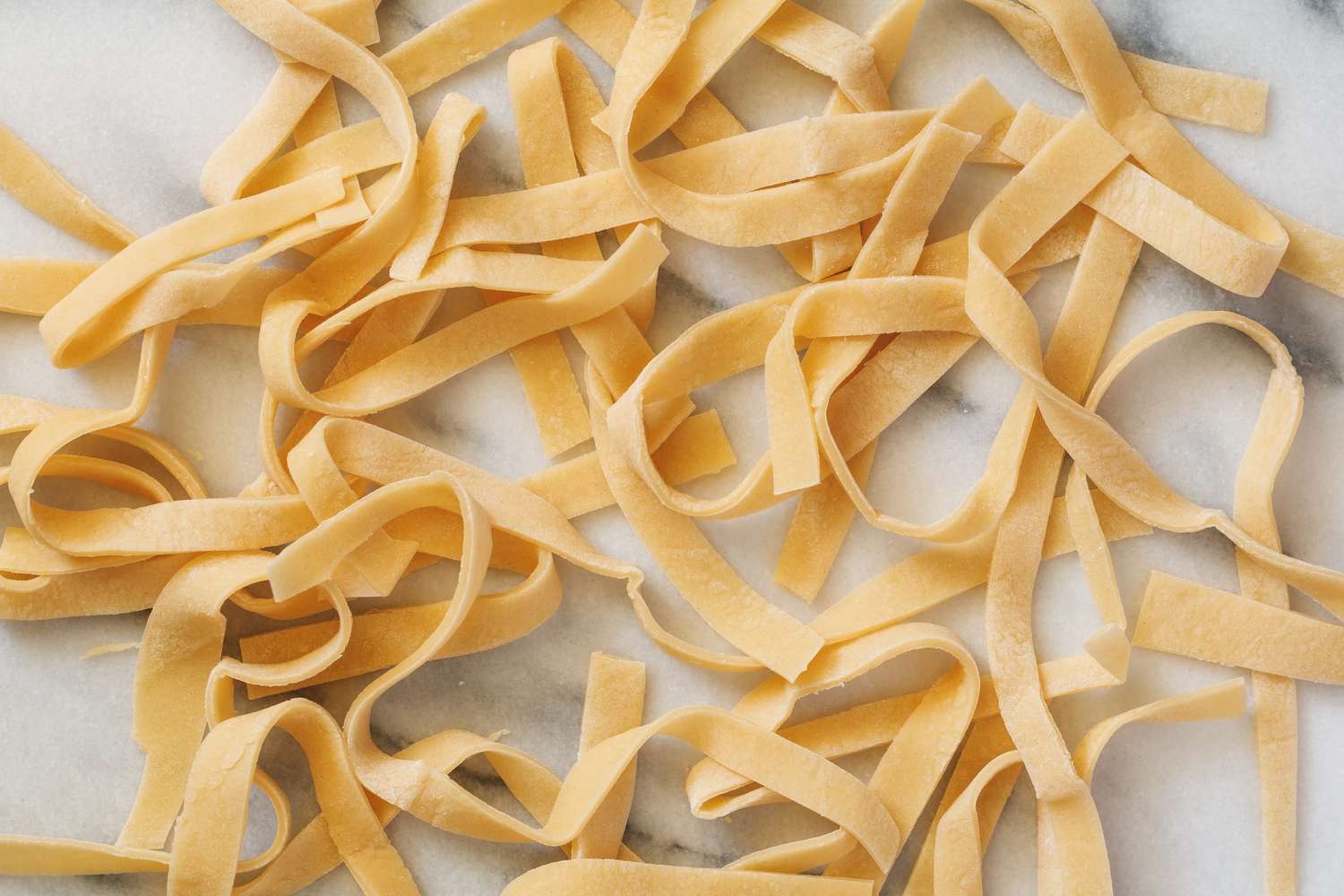
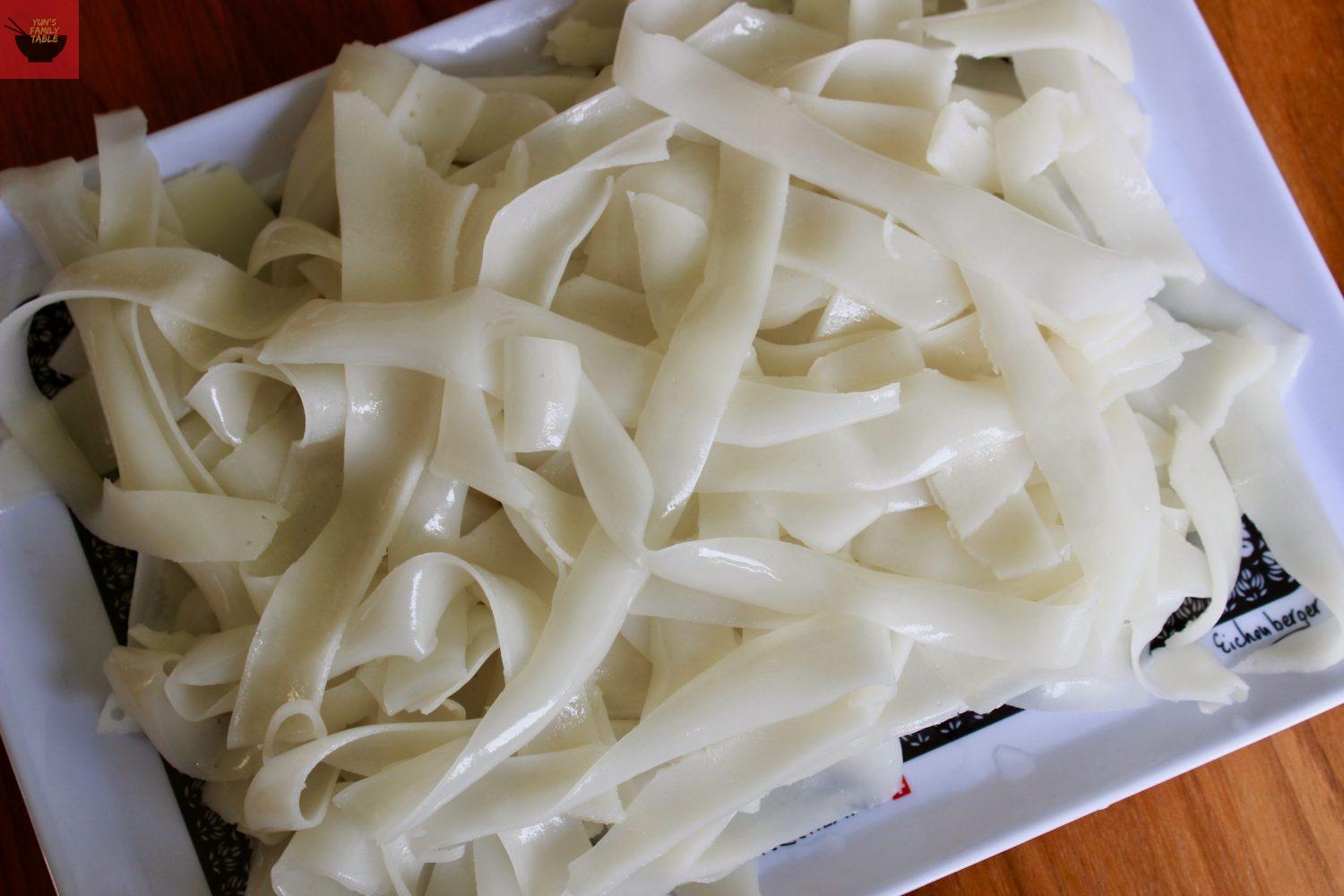

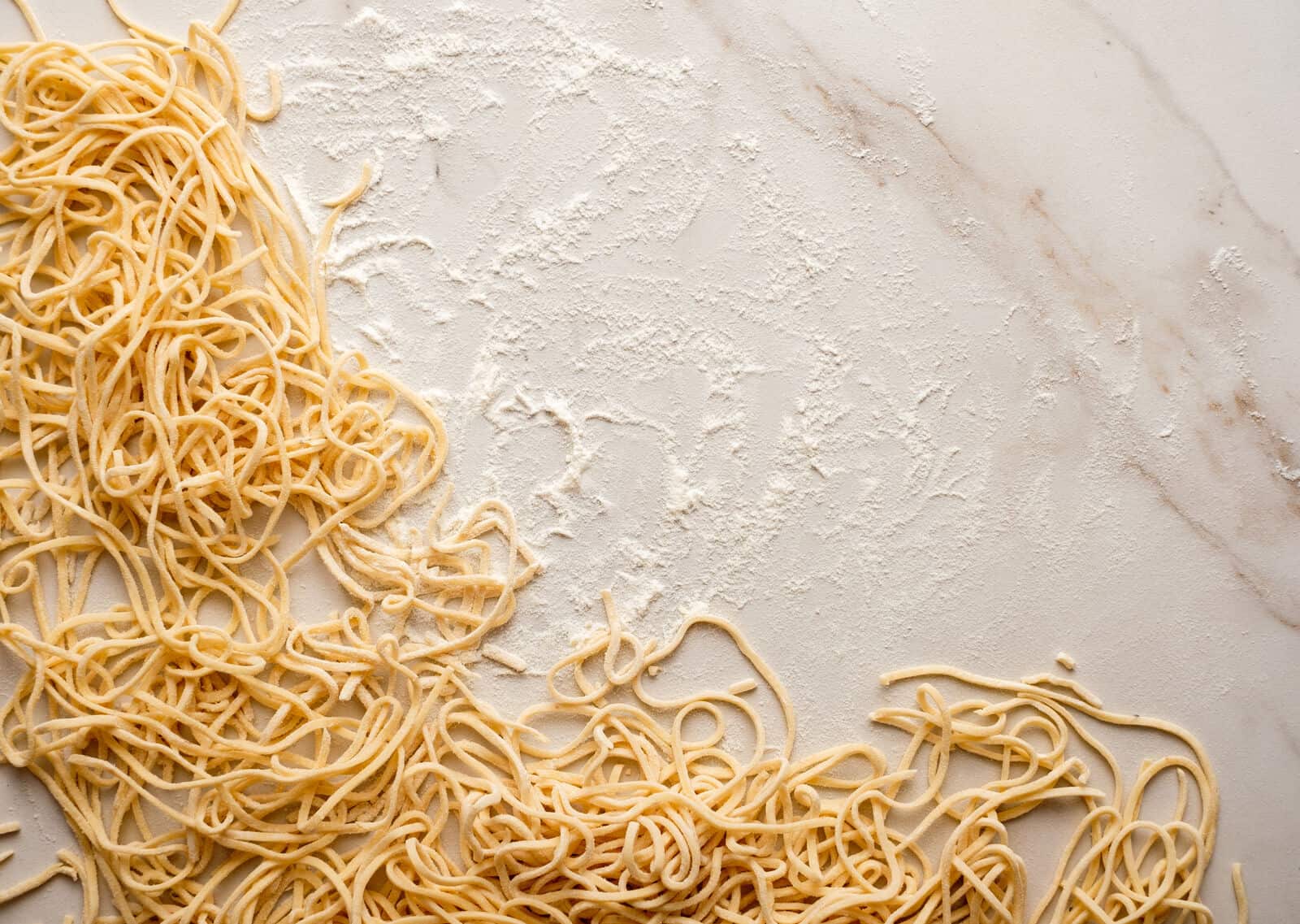

0 thoughts on “How To Store Cooked Vermicelli Noodles”